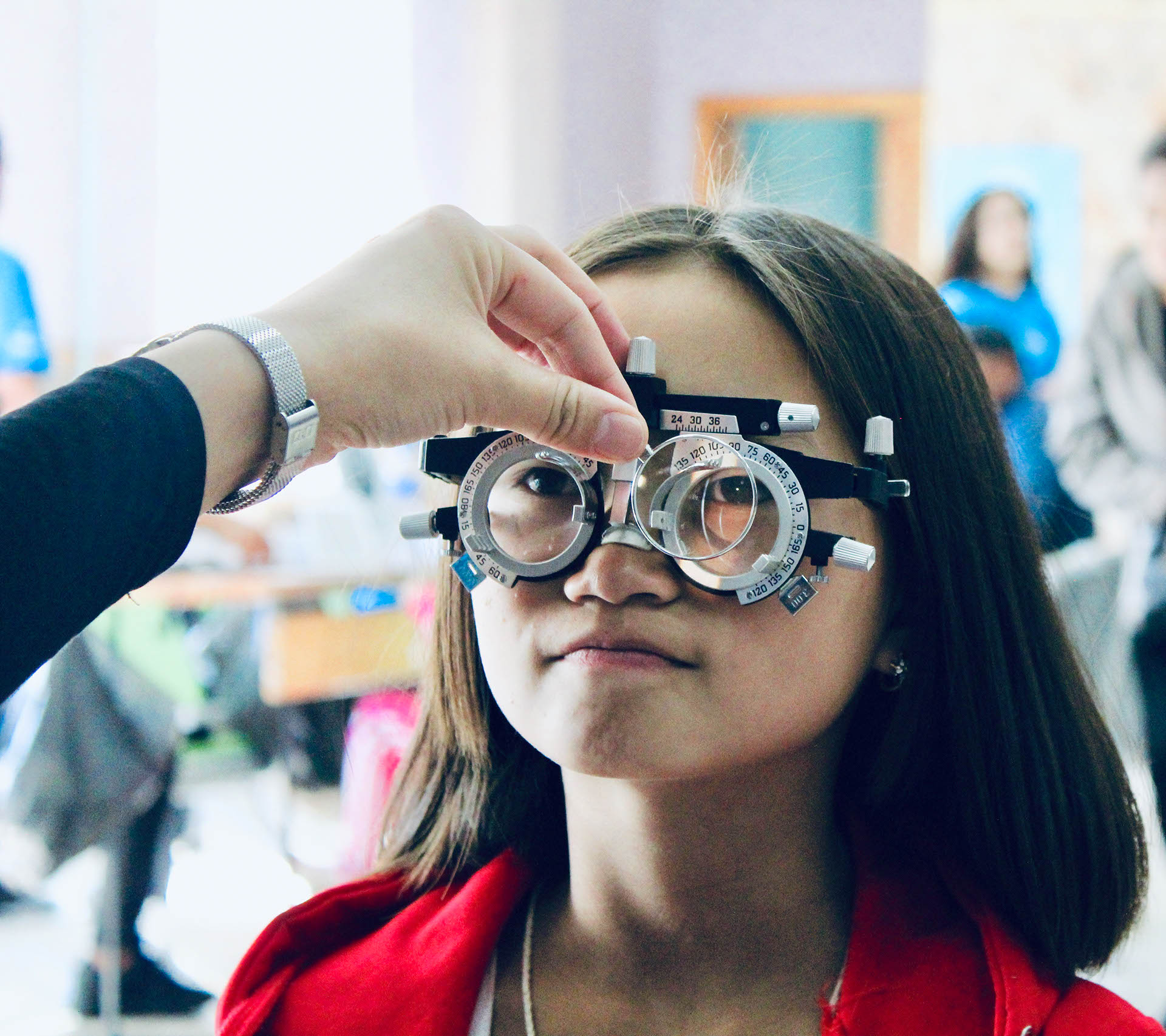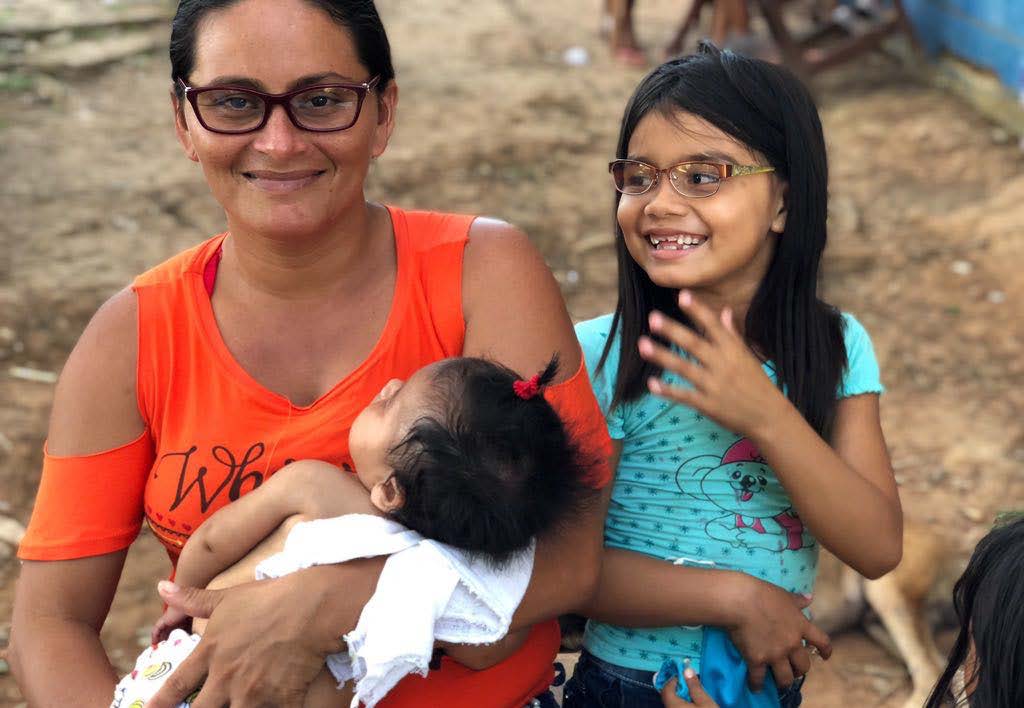Who Suffers the Most From Vision Problems?

However, the burden of vision problems aren’t borne equally. Health care disparities and other factors mean that many people simply don’t have access to the treatment they need to address their eye conditions or vision impairment. As a result, untreated vision impairment, eye disease, and blindness tend to be concentrated among certain regions and underserved populations. Below is a list of the people who are often most affected by vision care inequity:
- Racial Minorities. Thanks to systemic discrimination and racial disparities in health care, minorities such as Black and Hispanic populations are more likely to experience poverty, lack of insurance, distrust of health care providers, and difficulty accessing vision and health care (due to time and/or transportation constraints) than their white peers.
One study found disparities in vision care among both Black and Hispanic glaucoma patients as compared to white patients, hinting at the presence of systemic racism. And, according to another study, minorities with diabetes are less likely to receive eye exams than white people with diabetes. This is especially problematic given that Black and Hispanic populations are also at higher risk for conditions such as glaucoma and diabetic retinopathy. - Rural Populations. Many rural populations lack access to specialized health care, and must travel long distances for appointments with ophthalmologists and optometrists. This can pose big challenges for older adults, people without reliable transportation, or people who can’t easily take off work.

- Women and Girls. Women and girls make up 55% of the global number of people with uncorrected vision problems. This is part of a larger gender equality issue, and often stems from antiquated beliefs about gender norms and responsibilities. In many places around the world, women are still expected to remain at home tending to domestic chores and acting as caregivers rather than going to school or working. As a result, women have less access to health care and financial resources, and are even put at a higher risk for diseases like trachomatous trichiasis, which can cause blindness.
OneSight is on a mission to help the world see better by bringing affordable vision care to those who need it most. Since 1988, we’ve reached 52+ million people worldwide, including lives served directly as well as people who now have ongoing access to vision care through permanent vision centers. Our strategy is focused on both meeting immediate needs and establishing long-term solutions, and involves a combination of charitable clinics and sustainable vision centers. Contact us for more information about how you can make a difference in ending the vision care crisis, or consider donating to support our work.
